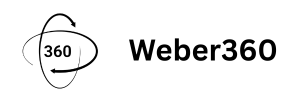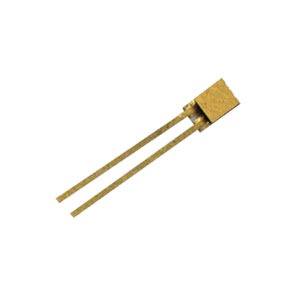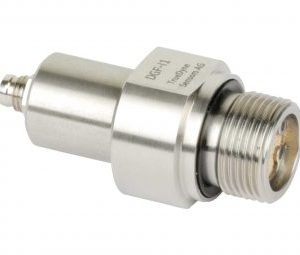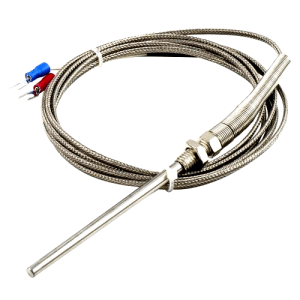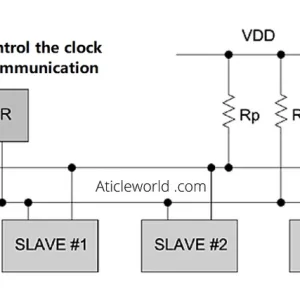As technology pushes the boundaries of science and industry into the extremes—outer space, superconductors, quantum computers, and LNG systems—there’s a growing need for sensors that can operate reliably at cryogenic temperatures. Among the most trusted tools for temperature measurement in these environments is the cryogenic diode sensor.
In this blog, we explore what cryogenic diode sensors are, how they work, and where they’re making a significant impact.
🔬 What is a Cryogenic Diode Sensor?
A cryogenic diode sensor is a semiconductor-based temperature sensor that operates effectively in ultra-low temperatures—typically in the range of 1.5 K to 500 K (or about -271°C to +227°C). These sensors leverage the temperature-dependent voltage drop across a silicon p-n junction diode when a constant current is applied.
As temperature changes, the diode’s forward voltage drop varies in a predictable way. By calibrating this relationship, the sensor can deliver highly accurate temperature readings, even in cryogenic conditions where conventional thermocouples and RTDs may fail or lose sensitivity.
⚙️ How Does It Work?
The core principle is the semiconductor diode equation:
Vf(T)=n⋅kTq⋅ln(IIs(T)+1)V_f(T) = n \cdot \frac{kT}{q} \cdot \ln\left(\frac{I}{I_s(T)} + 1\right)Vf(T)=n⋅qkT⋅ln(Is(T)I+1)
Where:
• VfV_fVf = forward voltage across the diode
• TTT = absolute temperature (Kelvin)
• III = constant current supplied (typically 10 µA)
• IsI_sIs = saturation current
• kkk = Boltzmann constant
• qqq = electron charge
• nnn = ideality factor
At cryogenic temperatures, changes in voltage are sharp and measurable, making the sensor extremely responsive and ideal for precise control systems.
❄️ Why Use Diode Sensors in Cryogenics?
Cryogenic environments are demanding: temperatures can fall below -200°C, and electronic behavior becomes non-linear and unstable for many materials. Here’s why diode sensors stand out:
• ✅ High Accuracy: Precise calibration curves allow for temperature resolution better than 0.1 K.
• ✅ Fast Response Time: Silicon diodes respond quickly to thermal changes.
• ✅ Low Power: Operates at microamp current levels, ideal for remote or battery-operated systems.
• ✅ Radiation Resistant: Suitable for space missions and high-energy physics labs.
• ✅ Compact & Durable: Small size allows for integration into tight spaces and rugged designs.
🧪 Common Applications
Cryogenic diode sensors are used in a wide range of fields, including:
1. Superconductivity Research
Accurate temperature monitoring is essential to maintain the ultra-cold environment where superconductors become operational (below ~77 K).
2. Space and Satellite Systems
Spacecraft electronics and scientific instruments often need temperature sensing below -100°C. Diode sensors work reliably in vacuum and radiation-heavy environments.
3. Quantum Computing
Qubits must be kept near absolute zero to maintain coherence. Cryogenic diodes help ensure thermal stability in dilution refrigerators.
4. LNG & Cryogenic Storage
Monitoring storage tanks and pipelines for liquefied natural gas (LNG), liquid oxygen, and nitrogen relies on sensors that withstand harsh cryogenic conditions.
🔧 Calibration and Readout Electronics
Cryogenic diode sensors require precision calibration and typically interface with custom or commercial readout circuits. Some popular controllers include:
• Lakeshore Cryotronics (e.g., LakeShore 336)
• Cryo-con temperature monitors
• Custom FPGA or microcontroller-based readers
The sensors can also be multiplexed for multi-zone temperature mapping in large systems such as cryostats or industrial gas facilities.
🚀 Weber360’s Vision for Cryogenic Sensing
At Weber360, we are exploring the integration of cryogenic diode sensors into advanced sensor modules that can measure not only temperature but also gas density, pressure, and flow in LNG or space systems. By combining semiconductor-grade diodes with smart digital processing, we’re creating compact, reliable, and AI-powered sensors for the future of cryogenic measurement.
Whether it’s fuel management in spaceflight or LNG flow control on Earth, cryogenic diode sensors are helping build the backbone of modern, cold-environment technology.
